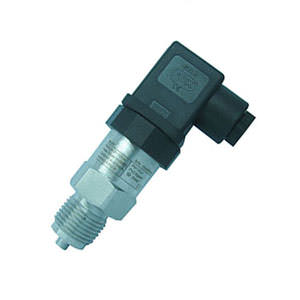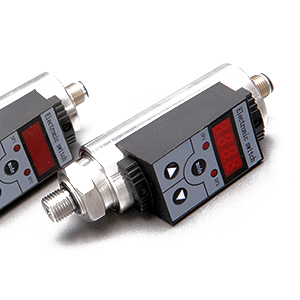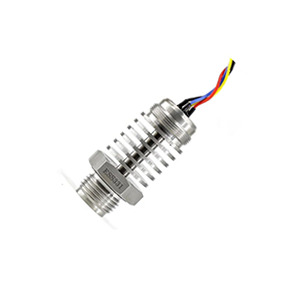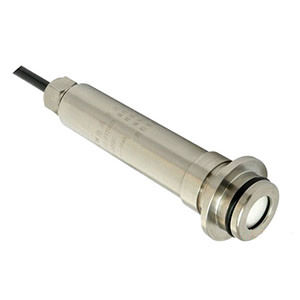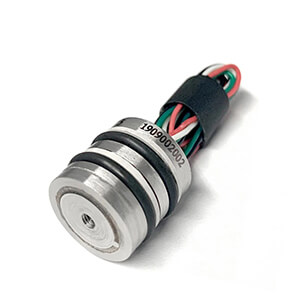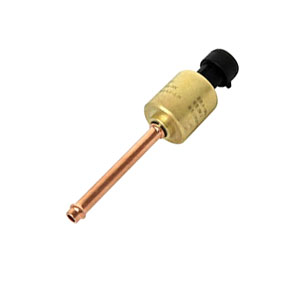Pressure measurement errors are discrepancies between the actual value of the measured pressure and the value indicated by the pressure sensor.
These errors can be categorized into four main types:
- Adjustable errors
- Systemic errors
- Random errors
- Temperature errors
For each of the main type, there are also the most related errors type included in, and for each type of error, we’ve tried to make it clear for below item, with the words as easy as to understand.
We’ve discussed most of the errors type in our previous post, such as
- What is A error
- What is the difference between A error and B error
- What is the relation-ship between A error and B error
- How such error affect pressure sensor performance
- How to migrate or reduce it
- Forecast the new technology in future
In today post, we hope to summarize all above content and try to work out the most common error check list, so you can find the full knowledge here, and find to check the most useful one easily,
All what we hope is to be your assistance in the process of pressure measurement.
But if you are still experiencing some problem or inquiry, you can feel free to contact us here.
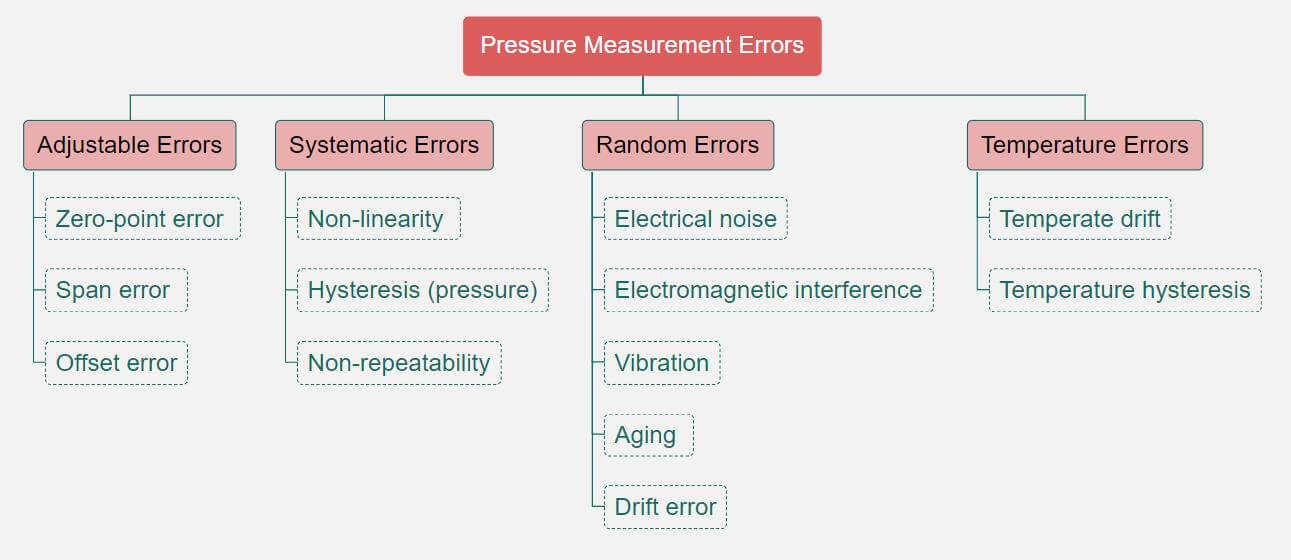
Adjustable Errors
Adjustable errors in pressure sensors refer to the inaccuracies or deviations in a sensor’s readings that can be corrected or adjusted through calibration or compensation techniques.
Systematic Errors
Systematic errors in pressure sensors represent consistent and predictable inaccuracies in measurement that occur due to some identifiable factors. They can often be compensated for or eliminated with proper calibration.
Here are some common types of systematic errors:
Random Errors
Random errors in pressure sensors are those that occur unpredictably and without a consistent pattern. Unlike systematic errors, they cannot be corrected through calibration because they are not consistent. Here are the common types of random errors:
Temperature Errors
Temperature errors in pressure sensors refer to inaccuracies in the sensor’s readings that occur due to changes in ambient temperature. Here are the main ways in which temperature can affect a pressure sensor’s readings:
ESS3 Serial Silicon Piezo-resistive Pressure Sensor
| Parameters | Typ. | Max. | Unit |
|---|---|---|---|
| Nonlinearity | 0.2 | 0.5 | %FS |
| Hysteresis | 0.05 | 0.1 | %FS |
| Repeatability | 0.05 | 0.1 | %FS |
| Zero Output | ±1 | ±2 | mV DC |
| FS output | 100 | mV DC | |
| Input/ Output Impedance | 2.6 | 3.8 | kΩ |
| Zero Temperature Drift* | ±0.15 | ±0.8 | %FS,@25℃ |
| Sensitivity Temperature Drift* | ±0.2 | ±0.7 | %FS,@25℃ |
| Long-term Stability | 0.1 | %FS/year | |
| *The typical value of 0~10kPa & 0~20kPa's zero temperature drift is 0.4%FS@25℃, max value is 1.6%FS@25℃ | |||
| *The typical value of 0~10kPa & 0~20kPa's sensitivity temperature drift is 0.4%FS@25℃, max value is 1.6%FS@25℃ | |||
After better understanding each of the relating technical data we listed above, you probably may have a rough idea for the pressure sensor you are looking for, and you know there is none sensor can beat all technical data at each aspect.
You know the most important is balancing,
You will balance between the one technic data which you wish the most in application and the one which you think not as important as the first one at this moment.
If you still can not make your decision, please feel free to contact us or drop us a line anytime.


